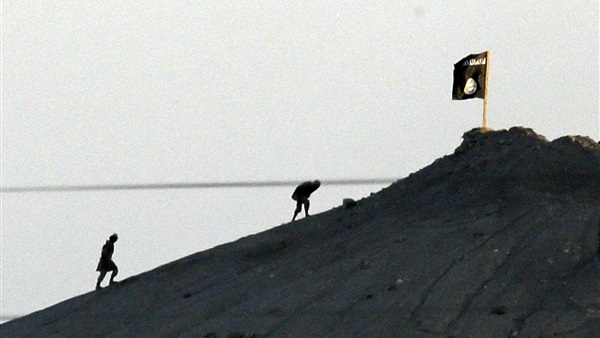ISIS death traps claim lives of innocent people in Syria and Iraq

ISIS did not leave any of the lands and regions in which it
was stationed in Syria and Iraq without evidence of its presence, as it always
surrounded these areas with mines, which prompted a specialized British team to
try to work to clean and remove these deadly traps left by ISIS.
Fatal legacy
The Mirror newspaper revealed, in a report carried by
Al-Hurra on December 29, 2020, that a specialized British team is working to
remove the fatal legacy that late ISIS leader Abu Bakr al-Baghdadi left over
large areas of Syria and Iraq.
The number of mines laid by ISIS in Syria is estimated at
about 300,000 mines, many of them highly explosive, and many of them have
killed hundreds in the northeast of the country.
Baghdadi had ordered his followers, long before his death,
to plant high-explosive mines in large areas of Syria and Iraq.
Observers emphasized that it is important to remove these
mines, not only to save people's lives or feet, but for the future of Syria,
and to allow people to return to their homes, noting that returning the cleared
areas to the local population is the first step to renewing life in those
areas.
Death traps
The mines planted by the terrorist organization caused
hundreds of deaths of civilians who tried to leave and flee the city and were
caught by death traps. Likewise, the situation has not changed after ISIS
departed and left behind thousands of mines that it planted everywhere in
residential homes and public neighborhoods, of which there were anti-personnel
mines. These are mines designed to explode in the event of stepping on them,
approaching them, or passing by them, and they are equipped with detonators in
the form of nails or plates, while the body of the mine is hidden among the
rubble or under the dirt. ISIS distributed them on the sides of the roads, at
the entrances to the buildings and between the furniture of the houses, and it remains
until today the largest cause of death of civilians after the international
coalition raids.
The mines that ISIS planted and camouflaged spread death
everywhere, and they were discovered by residents and maps were drawn before
the British team entered the site to dismantle them.
The most dangerous of these mines are the
"booby-trapped carpet", which ISIS elements created by supplying the
carpets used in homes with a landmine equipped with detonators that explode
upon touching it, in addition to anti-armor mines, which are a type of landmine
designed to disrupt and destroy tanks and armored vehicles.





